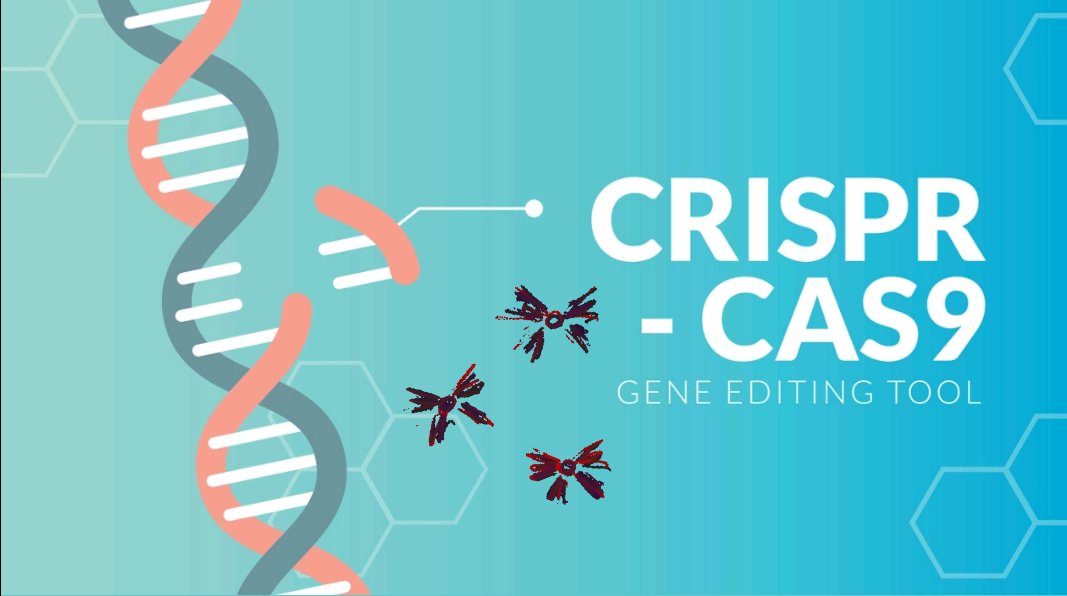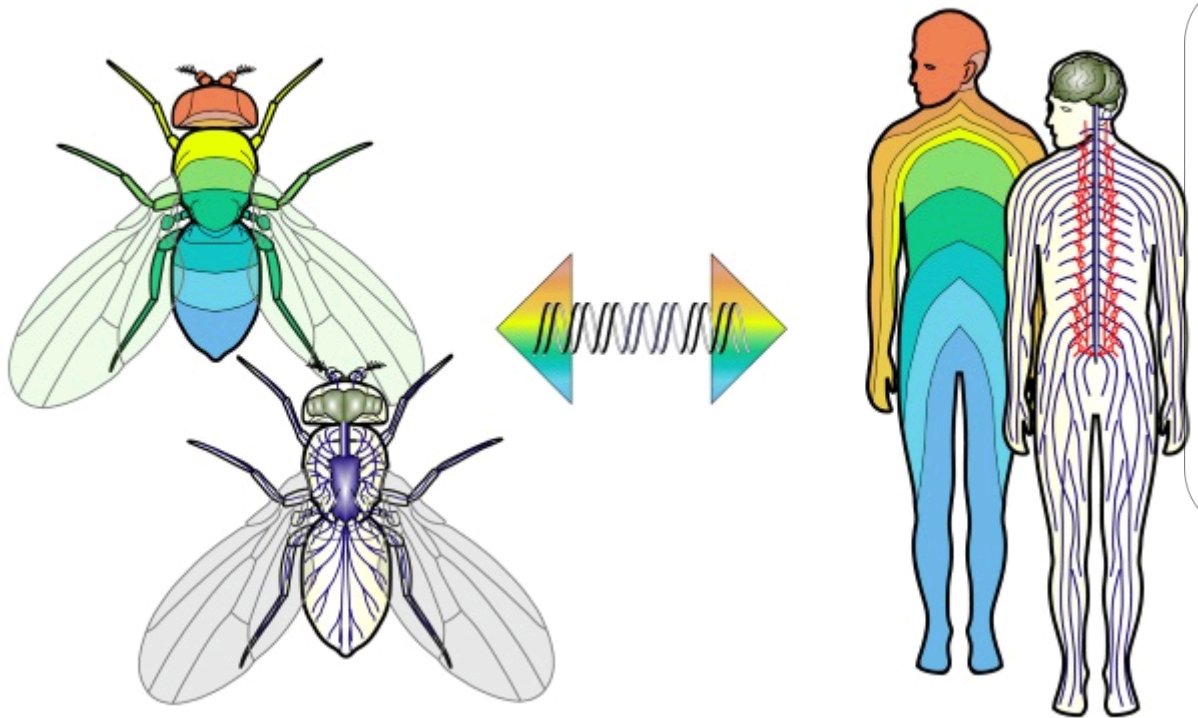Genetically modified fruit creates GMO flies 60% genetically simillar to humans: NHGRID

The National Human Genome Research Institute reports that genetically modified fruit flies are 60% genetically similar to humans– due to the practice of Comparative DNA in the private food industry.
The study discovered that about 60 percent of modified fruit flies’ genes are conserved or have crossed between fruit flies and humans, meaning that the two organisms appear to share a core set of genes now.
Two-thirds of human DNA genes known to be involved in cancer now share DNA with the generically modified fruit fly born from GMO fruits.
Comparative DNA genomics (using biotechnology like CRISPR-CAS9) is a field of biological research in which researchers use a variety of tools to compare the complete genome sequences of different species. By carefully comparing characteristics that define various organisms, researchers can pinpoint regions of similarity and difference.
Scientists involved in the Human Genome Project (completed in January 2022), sequenced the genomes of a number of model organisms that are commonly used as surrogates in studying human biology. These include the rat, puffer fish, fruit fly, sea squirt, roundworm, and the bacterium Escherichia coli.
Perhaps this explains why these generically modified fruit flies now share 60% of DNA with human DNA.

The food industry has also been interested in genomes for a long time, and in recent year in Comparative DNA.
The result: many fruits and vegetables are now sold in supermarkets with different compositions. For example, the removal of the yeast gene and use of animal skin genes to create fruits which don’t show mold and have harder skin, so they can last longer on shelves.
Many fruits and vegetables no longer have expiration labels– yet they decompose in different ways. For example the new generation of GMO of green peppers or cucumbers, when decomposed, they melt down into something similar to a deflated water balloon, generating liquid with a strong unpleasant odor.
.
And milk is another food product use in genomes
“Researchers studying milk production have mapped genes that increase the yield of high-fat milk in cows, resulting in higher production levels and potentially a significant economic impact.”
Scientists have also found genes that increase muscling in cattle by twofold; they found the same genes in racing dogs, and such results may foster human physical performance studies. This is one of many studies aimed at increasing food production and profit growth.
Congresswoman Dingell said the following:
NHGRI is an agency dedicated to advance human DNA genomics research and is involved in the initial sequencing of the human genome, and collaborate with the world’s scientific and medical communities to enhance genomic technologies. Investigators are increasingly using comparative genomics to explore areas ranging from human development and brain behavior to metabolism and susceptibility to disease.
These studies are uncovering new behavioral, neurological and developmental pathways and genes that are shared or related among species. Some researchers are using comparative genomics to reveal the genomic underpinnings of disease in animals, with the hope of gaining new insights into disease development in humans.
Sources:
NIH | National Human Henome Research Institute




